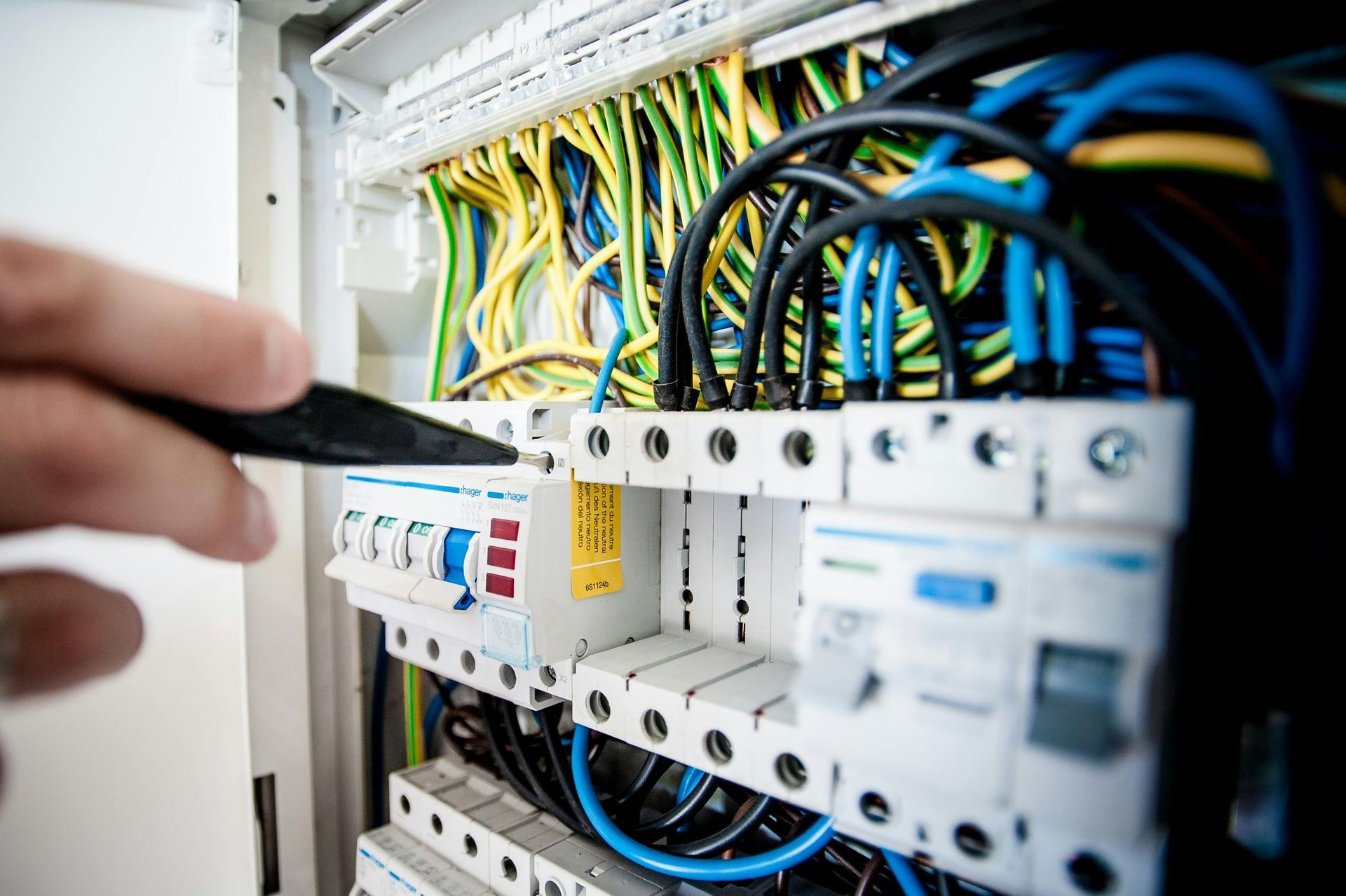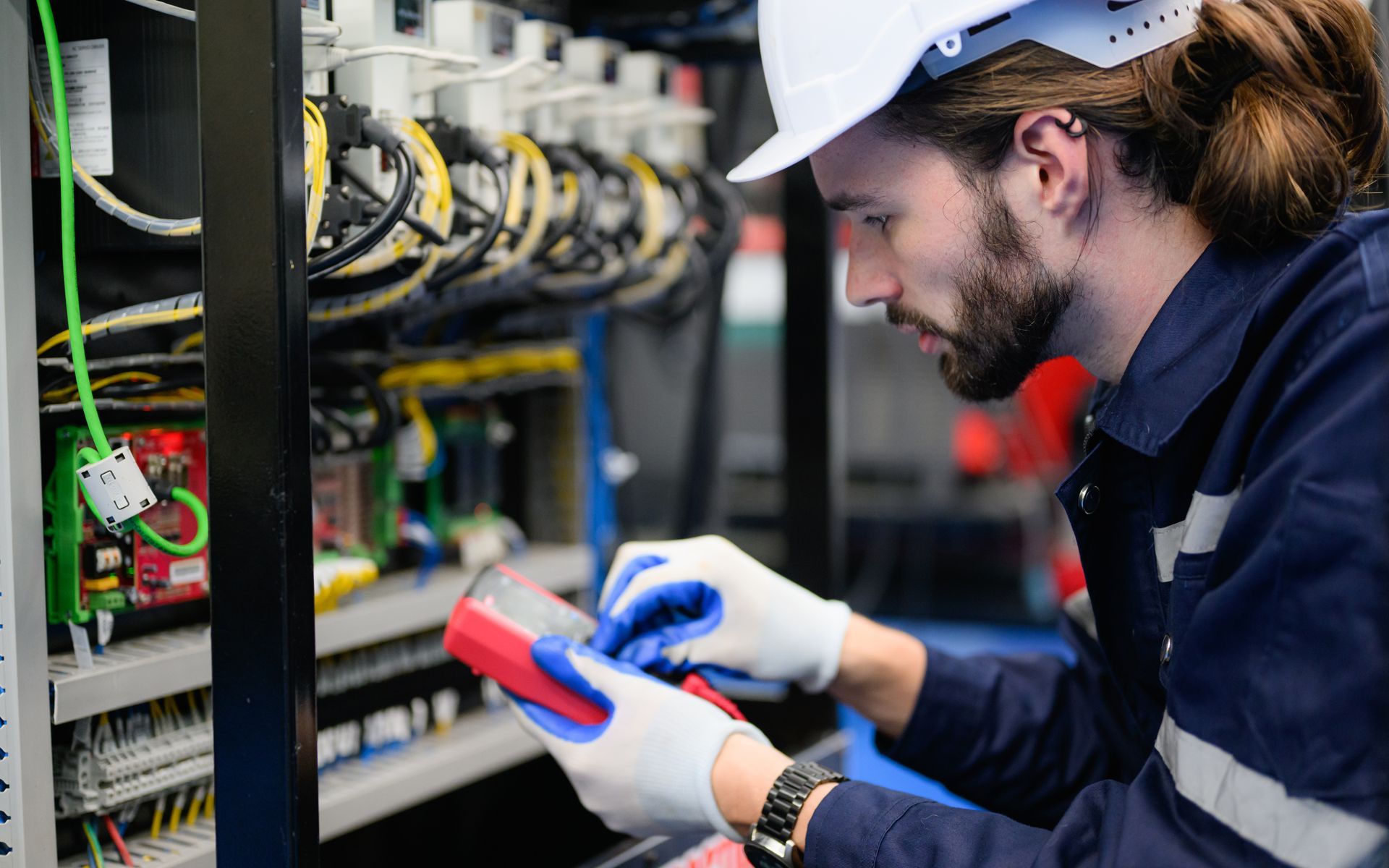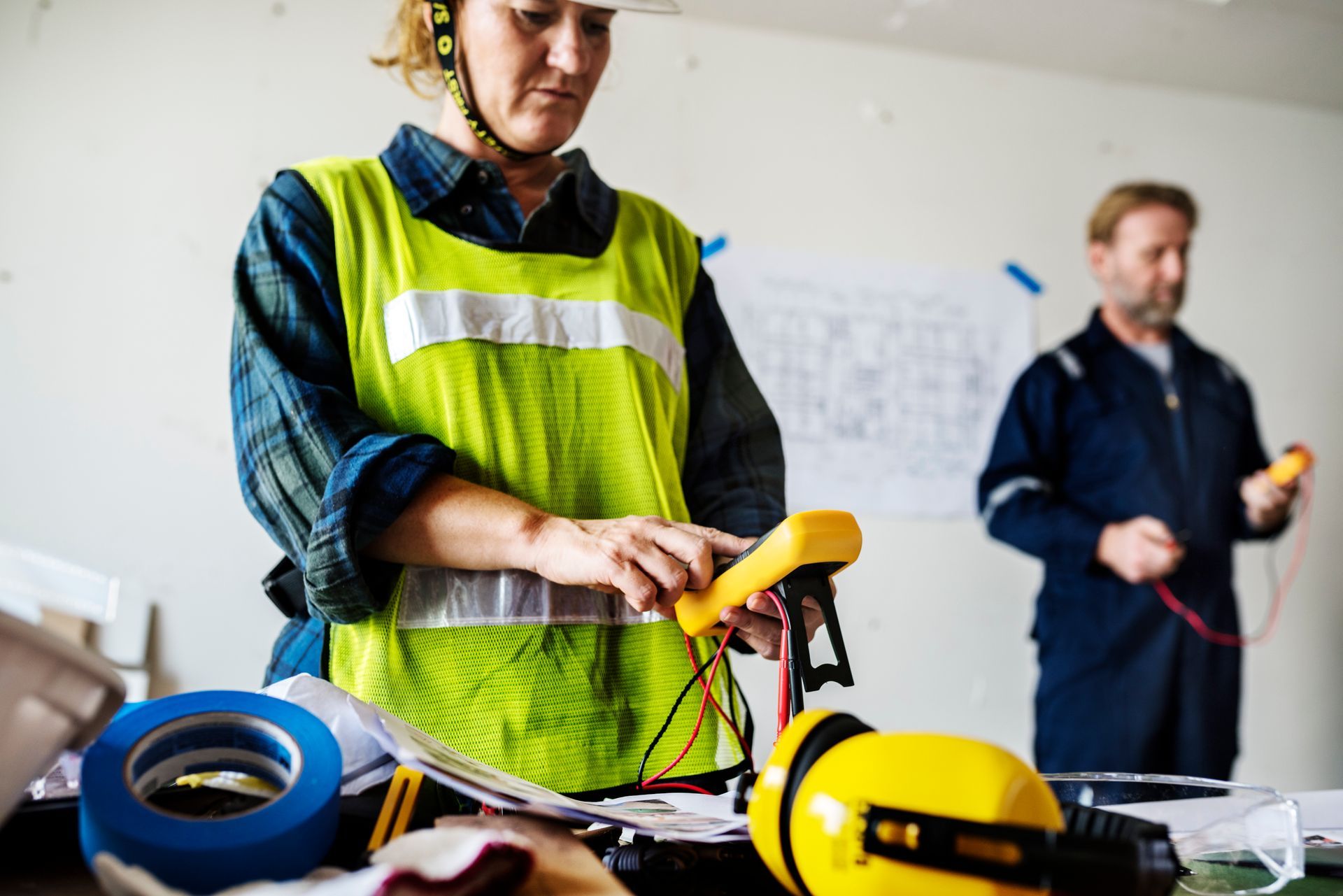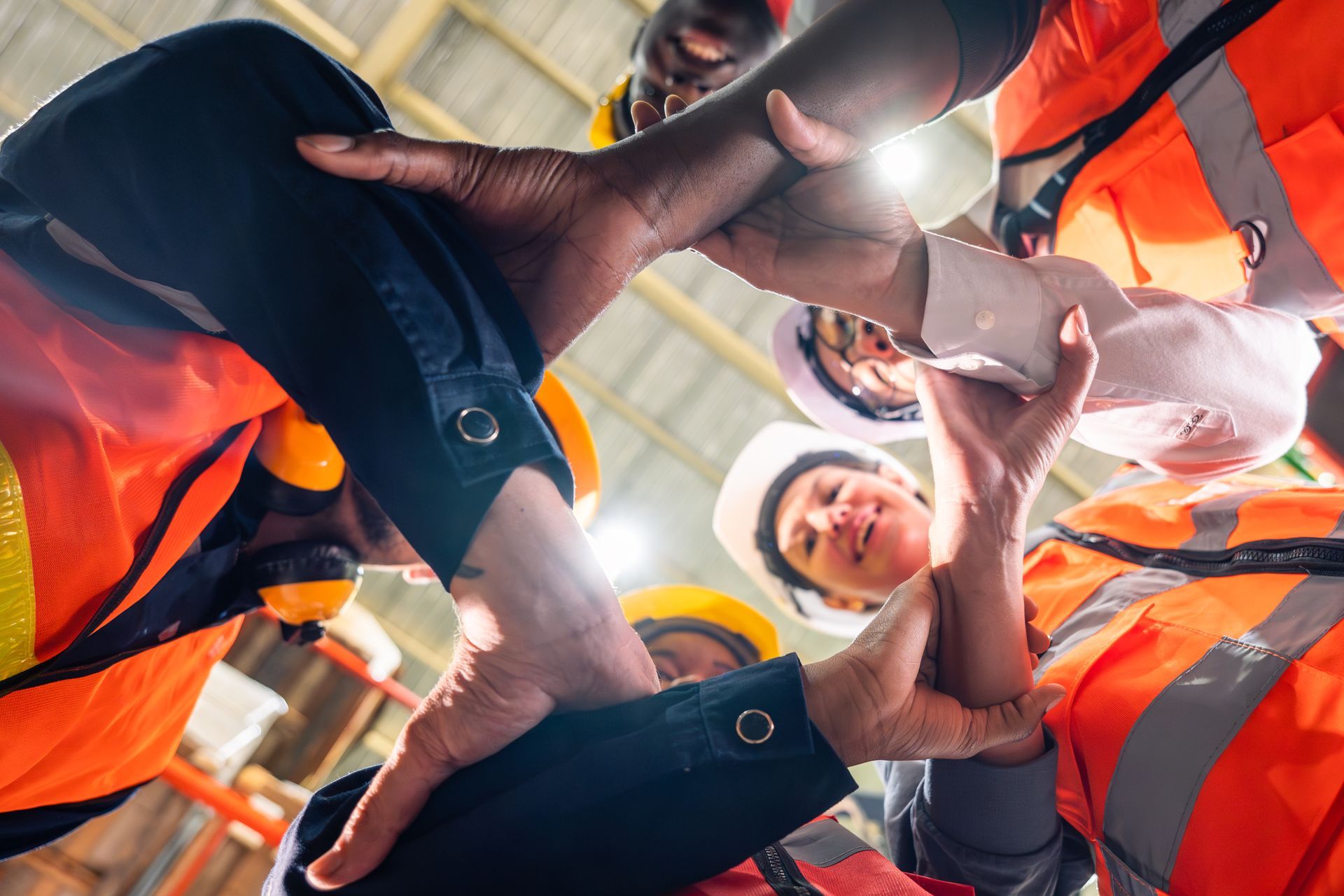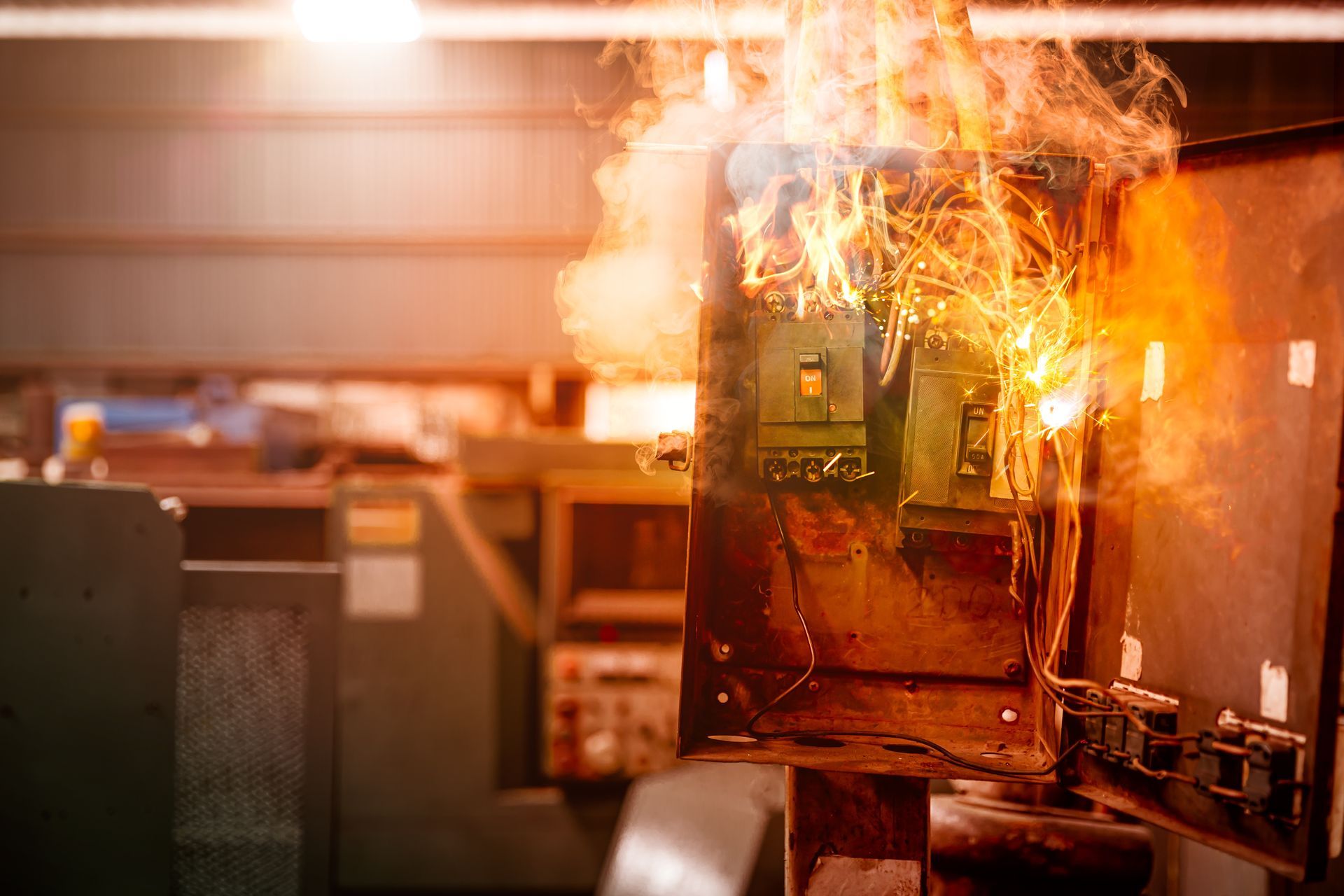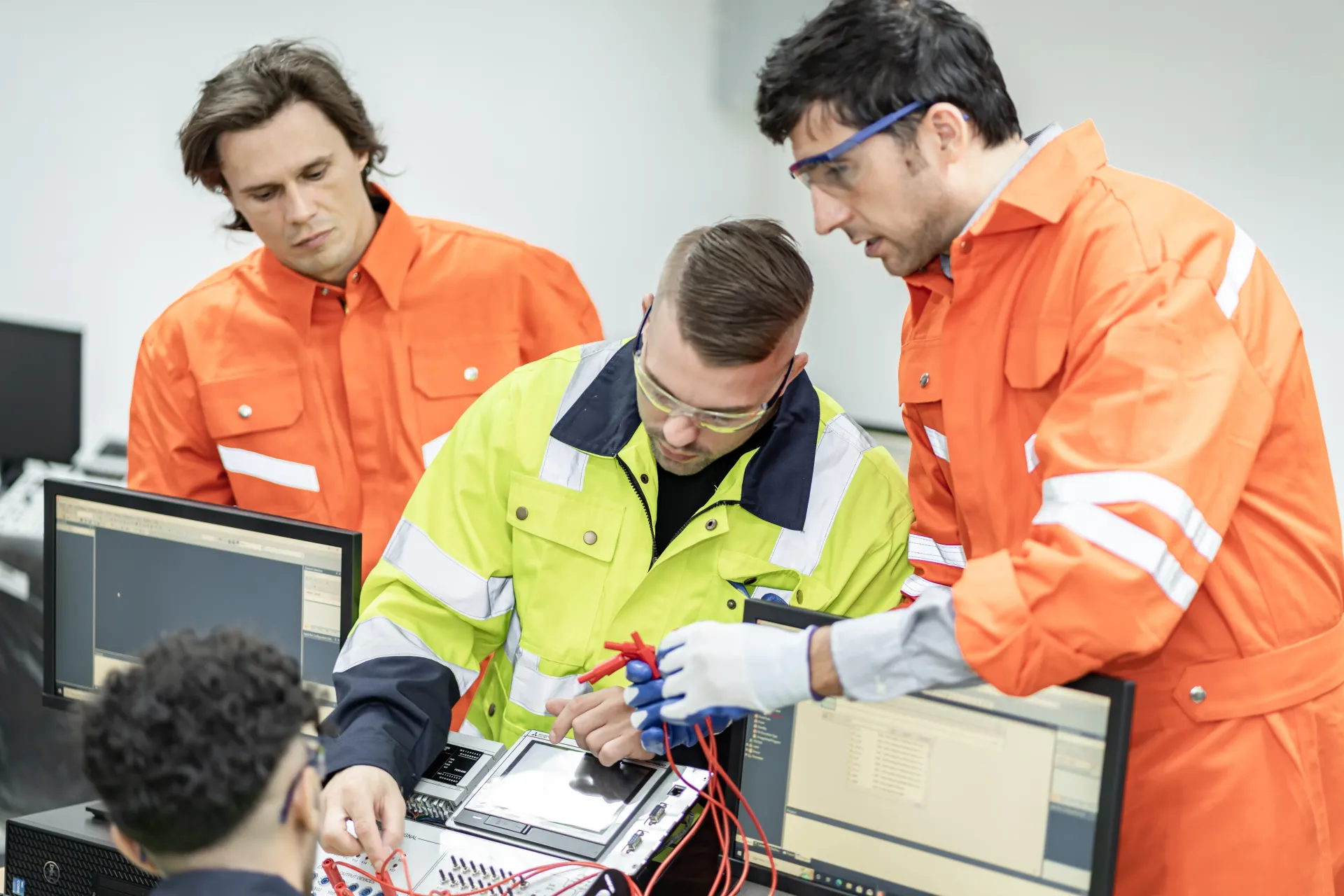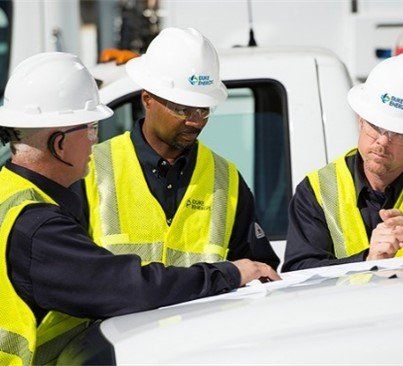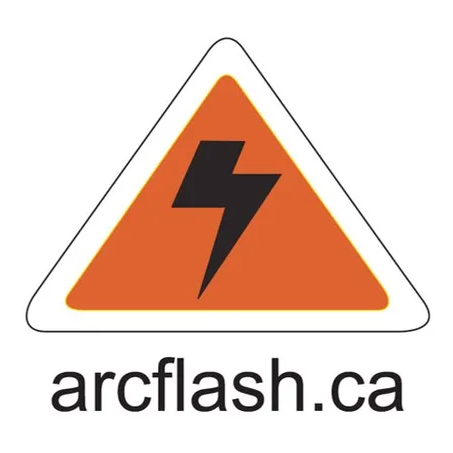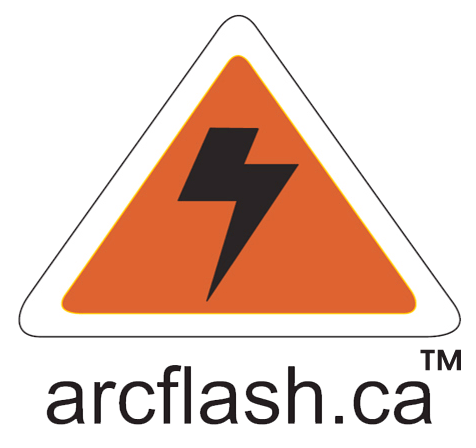Understanding Workplace Arc Flash Safety Training
Working with or near electrical equipment comes with inherent risks. One of the most severe dangers is an arc flash—a sudden, explosive release of energy caused by an electric arc. These events can produce intense heat, light, and pressure, leading to devastating injuries, equipment damage, and even fatalities. Proper training is not just a regulatory requirement; it's a
critical component of a safe workplace. This post will explore the essentials of arc flash safety training, who needs it, and how specialized programs can create a more secure environment for everyone.
An arc flash is a source of potential injury or damage to health associated with the energy released from an electric arc. The consequences are severe, including third-degree burns, blindness, hearing loss, and injuries from the concussive blast. Effective arc flash safety training equips workers with the knowledge to recognize these hazards, assess risks, and apply safe work practices to prevent incidents. It's about building a culture of safety where every team member understands their role in preventing electrical accidents.

What is Arc Flash Training?
Arc flash training is a specialized educational program designed to protect workers from the dangers of both arc flash and electric shock. It goes beyond basic electrical safety to cover the complex dynamics of arc flash events. The primary goal is to provide workers with the skills needed to perform their jobs safely and to de-energize electrical equipment whenever possible
before work begins.
A comprehensive training program covers several key areas:
- Hazard Identification: Learning to recognize conditions that could lead to an arc flash.
- Risk Assessment: Understanding how to evaluate the level of risk associated with specific tasks.
- Safe Work Practices: Implementing procedures like lockout/tagout to control hazardous energy.
- Personal Protective Equipment (PPE): Knowing how to select, inspect, and use the correct arc-rated clothing and equipment.
- Emergency Procedures: Understanding what to do in the event of an electrical incident.
This training ensures that employees are not just aware of the dangers but are competent in the methods required to mitigate them. It empowers them to make safe decisions, protecting themselves and their colleagues.
Specialized Training and Consulting Services
To meet the diverse needs of different industries and workplaces, specialized training and consulting services are essential. Companies like ArcFlash.ca offer a range of programs designed to address specific safety requirements, ensuring compliance and enhancing worker protection. These services are often based on established standards, such as CSA Z462 for Workplace Electrical Safety and CSA Z460 for Control of Hazardous Energy.
Effective safety partners provide more than just a single course. They offer a suite of services that can be customized to fit your organization's unique operational needs.
On-Site and Remote Training
Flexibility is key to effective training. On-site sessions allow for hands-on learning tailored to your specific equipment and environment. Remote and online training options provide a convenient way to educate teams across different locations, ensuring everyone receives consistent and high-quality instruction.
Customized Safety Programs
No two workplaces are identical. A one-size-fits-all approach to electrical safety is often insufficient. Customized programs are developed after a thorough assessment of your facility’s specific hazards and operational procedures. This includes creating tailored lockout programs and electrical safety protocols that align with your company’s needs.
Consulting and Support Services
Beyond initial training, ongoing support is vital. This can include:
- Guidance on PPE requirements
- Workplace safety audits and assessments
- Incident investigations
- Development of lockout placards and procedures
Having access to an expert consultant ensures your safety program remains current and effective as regulations and workplace conditions evolve.
Who Needs Arc Flash Training?
The need for arc flash training extends beyond certified electricians. Any employee who works on, near, or with electrical systems may be at risk and requires appropriate training. The level of training will vary based on their job function and potential for exposure to electrical hazards.
Here’s a breakdown of personnel who typically require arc flash training:
- Qualified Electrical Workers: This group includes electricians, technicians, and engineers who work directly on energized electrical conductors or circuit parts. They require in-depth training on complex risk assessment, lockout/tagout procedures, and the use of specialized tools and PPE.
- Apprentice Electricians: Those learning the trade are exposed to the same hazards as experienced electricians. It is absolutely essential that arc flash training is a fundamental part of their education from the very beginning.
- Non-Qualified Workers: This category includes operators, maintenance staff, and other personnel who may work near electrical equipment. Their training focuses on hazard recognition, understanding safe approach boundaries, and knowing the procedures to follow to avoid contact with energized parts.
- Supervisors and Safety Managers: Individuals responsible for overseeing work and implementing safety programs need comprehensive training to understand the risks, enforce safe practices, and ensure compliance.
Ultimately, any worker who could be exposed to an electrical hazard needs training that is appropriate for their role. Investing in education for all relevant personnel is a cornerstone of a successful electrical safety program.
The Value of Expert-Led Training
Choosing the right training provider is crucial. Look for programs led by certified professionals with extensive field experience. An expert trainer, like Len Cicero of ArcFlash.ca, brings decades of industry knowledge and involvement in the development of safety standards. This level of expertise ensures the training is not just theoretical but grounded in practical, real-world
application. When training is based on recognized standards and delivered by a specialist, your organization
benefits from:
- Enhanced Compliance: Meeting or exceeding regulatory requirements.
- Reduced Risk: Lowering the likelihood of incidents, injuries, and costly downtime.
- Improved Safety Culture: Fostering a workplace where safety is a shared responsibility.
- Empowered Employees: Giving your team the confidence and competence to work safely.
Protecting your team from the devastating effects of an arc flash is a top priority. By investing in high-quality, comprehensive arc flash safety training, you are taking a definitive step toward creating a safer, more productive, and compliant workplace.
